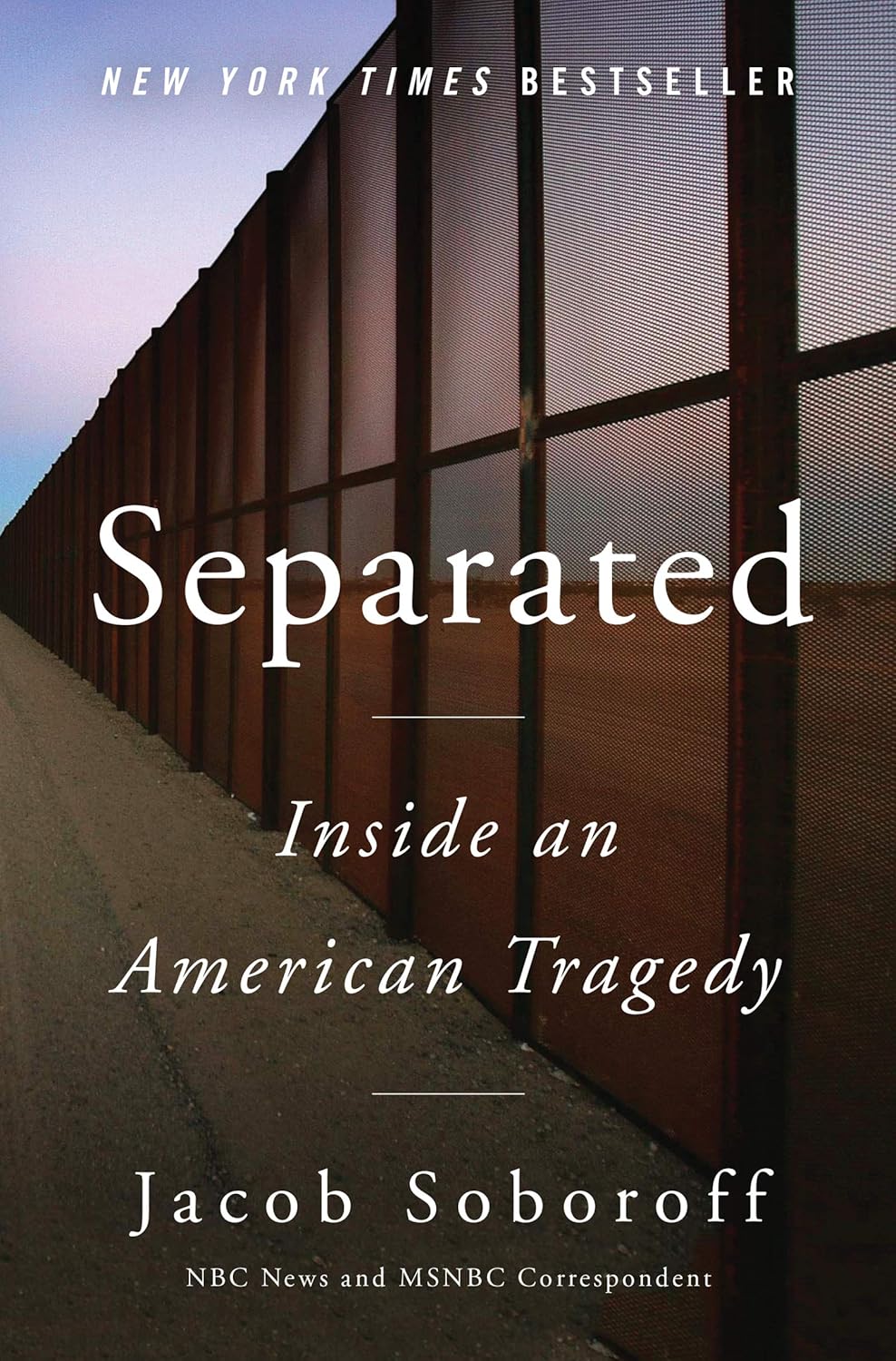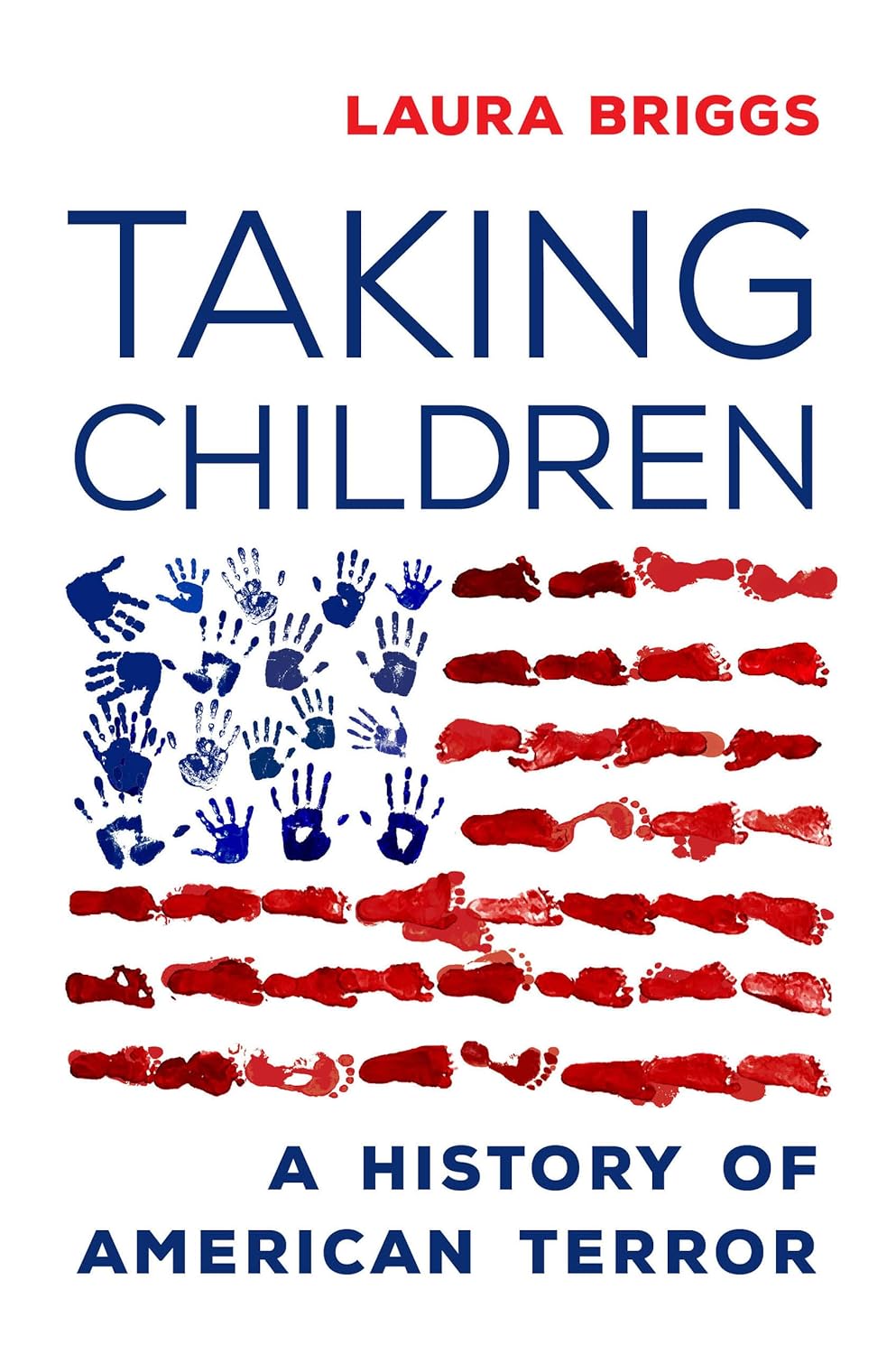“There’s nothing American about tearing families apart,” tweeted Hillary Clinton, as the crisis peaked in June 2018. Clinton’s familiar construction—bad thing X is un-American and thus an anomaly—is symptomatic of what Gore Vidal once called “the United States of Amnesia.” “We learn nothing because we remember nothing,” Vidal wrote in 2004, a line quoted by the historian Laura Briggs in Taking Children: A History of American Terror, a wide-ranging and uncomfortably revealing account of what might be called the tradition of family separation. The routine sale of enslaved children was, Briggs reminds us, American. So was the forcible removal of Native children to boarding schools, with the aim of eradicating their language and culture. “Child taking,” she writes, is a “counterinsurgency tactic…an effort to induce hopelessness, despair, grief, and shame.” The UN convention on genocide includes among its definitions “forcibly transferring children of the group to another group.”
Perhaps amnesia is an understandable form of defense. If America’s memory returned, it would surely be troubled by the testimony of Amelia Jones, who was enslaved by a Republican congressman named Daw White in Manchester, Kentucky, just before the Civil War. In the late 1930s, aged eighty-eight, Jones was interviewed for the Federal Writer’s Project:
The day he was to sell the children from their mother, he would tell that mother to go to some other place to do some work and in her absence he would sell the children. It was the same when he would sell a man’s wife, he also sent him to another job and when he returned his wife would be gone. The master only said “don’t worry you can get another one.” Mrs. Jones has a sister ninety-two years of age living with her now, who was sold from the auction block in Manchester. Her sister was only twelve years of age when sold and her master received $1,220 for her, then she was taken south to some plantation. Also her father was sold at that place at an auction of slaves at a high price, handcuffed and taken south. She never saw her father again.
In the seventeen volumes of Born in Slavery: Slave Narratives from the Federal Writers’ Project, 1936–1938, Jones’s experience is echoed again and again. In Arkansas Nancy Anderson, aged sixty-six, remembers her friend Jane Peterson, raped repeatedly by her master: “She was so glad freedom come on before her children come on old enough to sell. Part white children sold for more than black children. They used them for house girls.” In Missouri Hannah Allen, 107, tells her interviewer, “I was two years old when my mother was sold. De white people kept two of us and sold mother and three children in New Orleans.” In Mississippi, eighty-year-old Anna Baker remembers her mother’s bravery after emancipation: “She come to de place an tol de marster she want her chillun. He say she can have all ’cept me.”

